Researchers have successfully developed a certified 33.6% efficient flexible perovskite/crystalline silicon (c-Si) tandem solar cell, a significant breakthrough in the field of solar energy. The innovative design, published in the journal Nature, boasts a record open-circuit voltage of 2.015 V, rivaling its rigid counterpart. This achievement marks a major milestone in the pursuit of high-power conversion efficiency, mechanical resilience, and operational stability in flexible solar cells.
The flexible tandem solar cell demonstrated exceptional performance, retaining 91% of its initial power conversion efficiency (PCE) after 5,000 cycles under a bending radius of 17.6 mm. The device also showcased impressive operational and damp-heat (DH) stability, featuring a T80 lifetime exceeding 2,000 hours under continuous illumination and retaining 90% of its initial PCE after 1,000 hours of DH testing.
According to Dr. [Name], the lead researcher on the project, "The implementation of the reactive-plasma-deposited (RPD) cerium and hydrogen co-doped indium oxide (ICO:H) recombination layer (RL) and in-situ annealed zinc-doped indium oxide (IZO) front transparent electrode were crucial in achieving this remarkable efficiency." The researcher added, "These advancements enable the development of flexible solar cells that can withstand extreme mechanical stress and maintain their performance over time."
Flexible solar cells have the potential to revolutionize the way we harness solar energy, particularly in niche applications such as wearable technology, building-integrated photovoltaics, and space exploration. However, the field has faced significant challenges in balancing high efficiency, mechanical resilience, and operational stability.
The development of this 33.6% efficient flexible perovskite/c-Si tandem solar cell addresses these challenges and opens up new possibilities for the widespread adoption of solar energy. As Dr. [Name] noted, "This breakthrough has the potential to transform the solar energy landscape, enabling the creation of flexible, efficient, and durable solar cells that can be integrated into a wide range of applications."
The researchers' next steps will focus on scaling up the production of these flexible solar cells and exploring their potential applications in various industries. As the field continues to evolve, it is likely that we will see further innovations in the development of flexible solar cells, driving us closer to a more sustainable and efficient future.
In related news, researchers have been exploring the use of artificial intelligence (AI) in the design and optimization of solar cells. AI algorithms can analyze vast amounts of data and identify patterns that can inform the development of more efficient solar cells. While AI has not been directly involved in the development of this 33.6% efficient flexible perovskite/c-Si tandem solar cell, it is likely that AI will play a key role in future advancements in the field.
As the world continues to transition towards a more sustainable energy future, the development of efficient and flexible solar cells will play a critical role. The breakthrough achieved by these researchers marks a significant step forward in this journey, and it will be exciting to see how this technology evolves in the years to come.







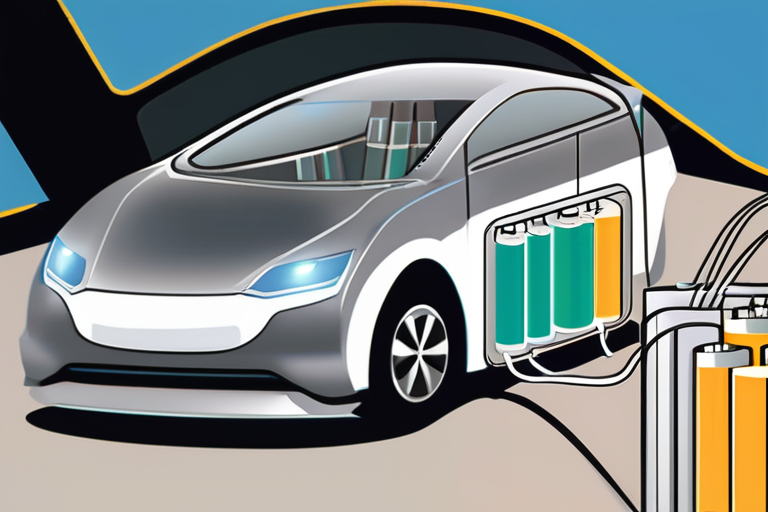







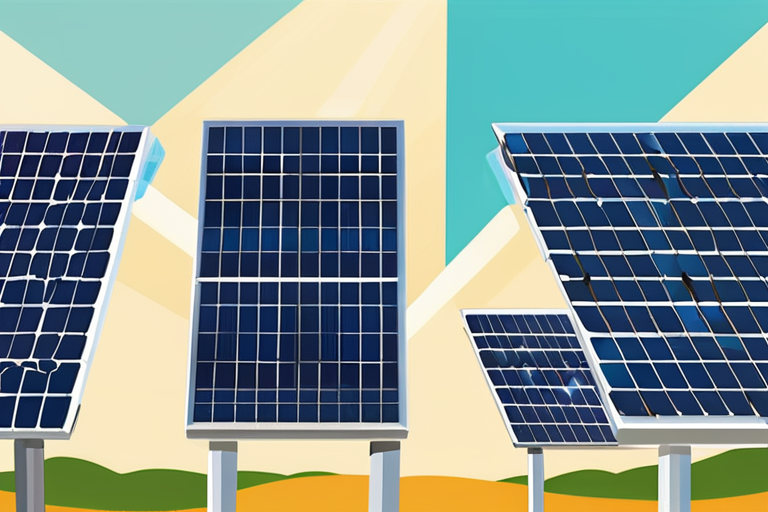

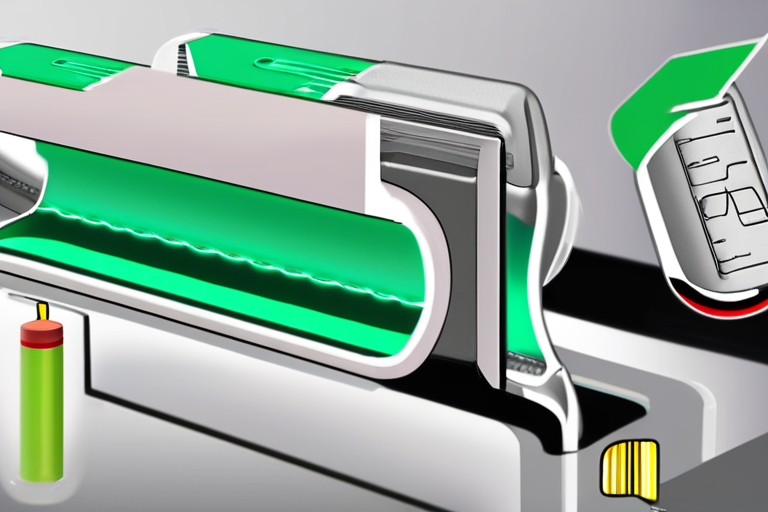

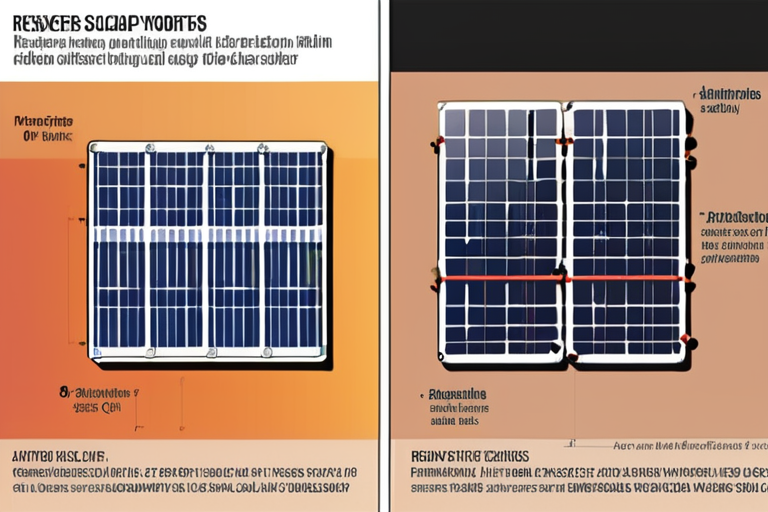





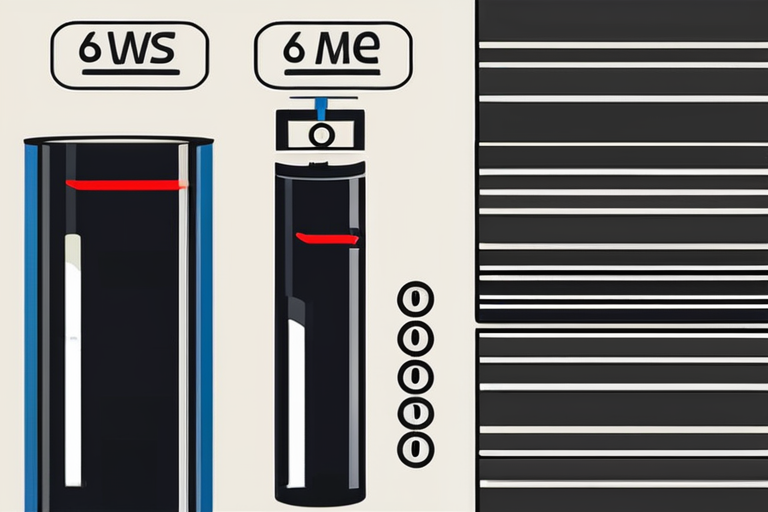

Share & Engage Share
Share this article